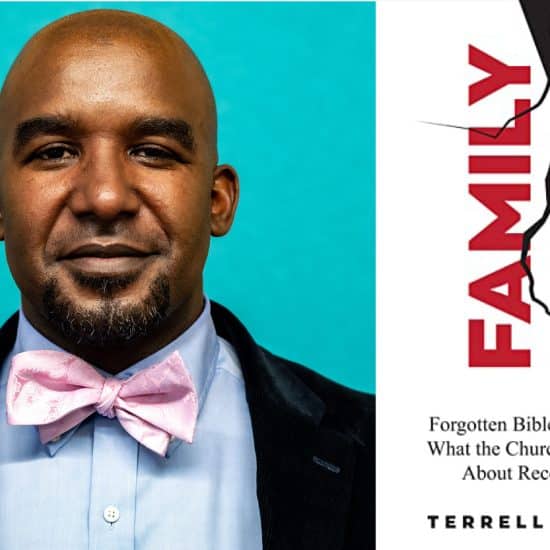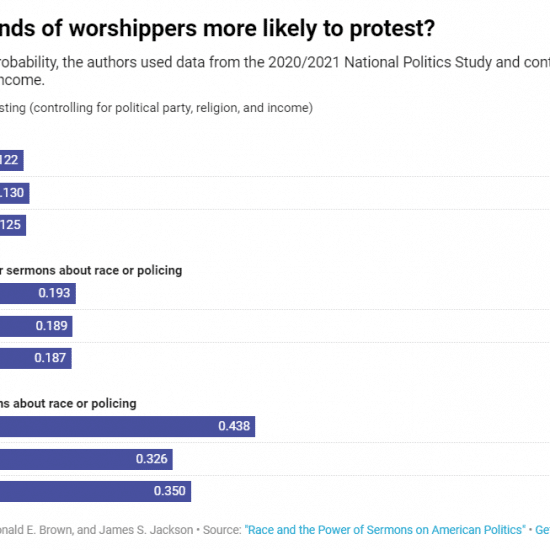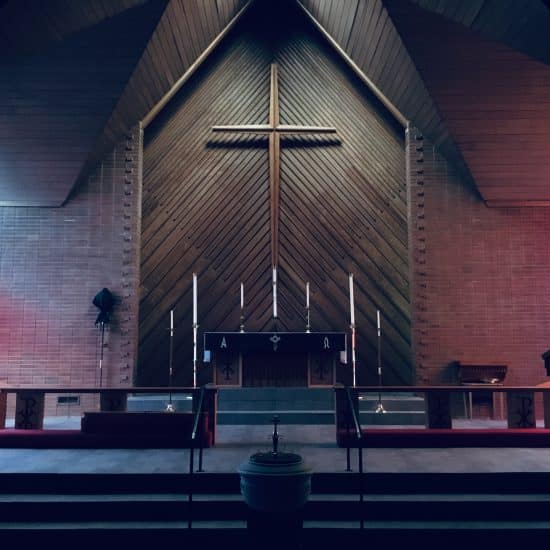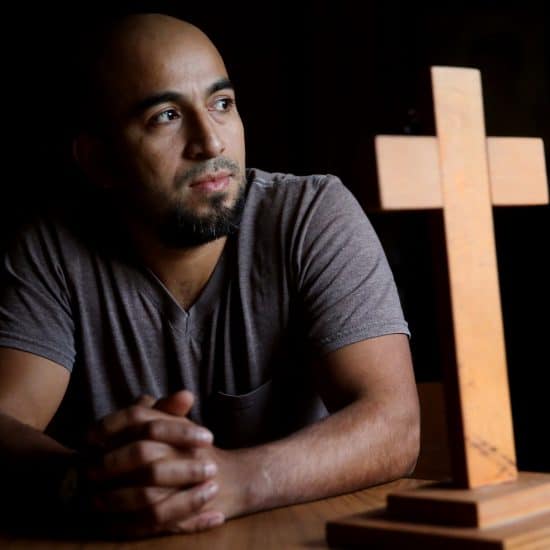Perhaps a congregation has discovered a neighborhood or nearby community with no evangelical or other church presence. Or maybe the church has found a demographic that isn’t being reached with the gospel.
Church leaders believe God is leading their congregation to minister to that group. What approach do they take—plant a new church that would one day function as an autonomous body or start an extension of the congregation in that targeted area?
The decision isn’t always easy, according to church planting experts. Many factors—from potential leaders to available resources to culture—determine the choice.
Distance/difference
Virginia Baptist leaders start with proximity measures—to determine how closely related the church and the group it wants to reach are in physical distance and in cultural differences, noted Glenn Akins, assistant executive director for the Baptist General Association of Virginia and an expert in the multicampus model.
The church must decide the geographic distance it is comfortable bridging and that would not be a barrier to providing ministry resources. Would time or fuel costs inhibit sharing staff or facilities? Would distance hinder opportunities for joint activities or worship experiences?
While geographic distance will affect the decision, Akins believes other measures—racial, religious and national—are more influential.
“The greater the differences or distance, the more likely that a plant is the better strategy,” he said. “In other words, if the market area you seek to serve is both far away and very different than your existing ministry approach, this is going to be tough sledding for a multisite approach.”
If a church wants to pursue ministry through another campus site, it must close the distance or difference gap as much as resources will allow. “Technology does this for many, but lots of churches can’t afford the investment required,” Akins added.
When the gap is too wide, planting a new work often is the best approach, he said.
Authentic church
Bo Prosser, Cooperative Baptist Fellowship coordinator of congregational formation, and David King, CBF church starts assistant, focus on making certain the local body is authentic in its setting, whether as a new plant or as an extension of an established ministry.
“It’s a question of how to balance lower costs (and) higher efficiency (of the multicampus model) with a need to make each local church indigenous and contextualized in each setting so as to be authentic,” King said. “I do believe (the multisite approach) has a place, but only as it balances (those) concerns. I think it has been proven to work in large churches that rely on a particular leader or brand.”
King believes the concept would work in smaller settings, but that the host church would have to focus “more on a commitment to living missionally in each setting” and “less on personality or brand.”
Motivation
Motivation for new ministry also is key, noted Rodney Harrison, vice president for institutional effectiveness at Midwestern Baptist Theological Seminary and co-author of Sponsoring Starbucks’ Churches in a Folgers World. “A church must ask itself first what is the motivation,” he said.
Has the church grown to the point that it can no longer accommodate additional growth? Does that church want to be able to draw and reach people from another area? Does the church feel called to reach a different people group? The motive for beginning another ministry will help a church determine the model to use.
Paul Atkinson, Baptist General Convention of Texas director of church planting, agrees a church must examine its intent. Does it want to reach a unique group of people and plan for the group to become autonomous?
Ministry demand
A multicampus model for church growth generally increases administrative demands for the main campus staff. The existing congregation must determine the level of complexity leaders believe they can handle.
“More sites mean more administrative/resourcing demands,” Akins explained. “Many existing churches cannot figure out how to modify their current approach to get to the movement level of reproduction.”
Starting a new church plant generally means building in a timeframe to relinquish all control and withdraw most resources, particularly if partnering with a convention or other body. Generally, most partners, such as the BGCT and CBF, require the new work to become autonomous within three to five years.
Often, resourcing gradually is stepped down over that period, with a lower percentage of funding and other resources trimmed each year.
Leader personality
Sometimes the decision comes down to the personality of the church planter or new site coordinator and how closely that person wants to be tied to the host church.
“If you are starting with a particular planter in mind, then build around them. But if you are starting with a ministry model, then hire accordingly,” he advised.
The host church also may recognize one model works best because of the target personality. First Baptist Church of Farmington, Mo., began New Heights, intending it to become an autonomous congregation. Church leaders, including the staff member who would become pastor, recognized a growing group of unchurched who did not and likely would not attend the older, established church.






